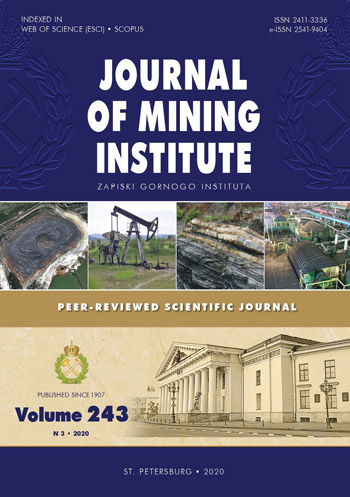Features of permeability anisotropy accounting in the hydrodynamic model
- 1 — Postgraduate Student National Research Tomsk Polytechnic University
- 2 — Ph.D. Leading Expert National Research Tomsk Polytechnic University
- 3 — Ph.D., Dr.Sci. Leading Expert National Research Tomsk Polytechnic University
- 4 — Ph.D. Engineer National Research Tomsk Polytechnic University
Abstract
Important step in the construction of a geological and hydrodynamic model is to set the correct properties of the formations and further adapt the model to the historical development data. Main source of information on the geological properties of reservoirs is well logging data. Paper describes the application of the method for post-interpretation processing of logging data, with the help of which the lateral anisotropy value of the field site is found. Brief discussion on the algorithm for adapting the hydrodynamic model to the parameters of the formation using one reference well is given. Feature of the logging data application to study the phenomenon of permeability anisotropy is that this type of research is widespread, has sufficient information content, and the geophysical system itself does not require the inclusion of specialized instruments. Based on geophysical study, a volumetric model of the properties for oil and gas bearing formation is constructed, from which the permeability distribution is used, whose gradient allows establishing the directions of improved and deteriorated filtration properties. As a result, during adaption of the model, it was possible to achieve a difference in reserves between the geological and hydrodynamic models of 2.4 %, which is an acceptable deviation for further calculations. It was found that the direction of improved filtration properties has a northeastern direction at an angle of 35°, and the value of lateral anisotropy is 2.2. Obtained results of lateral anisotropy, taking into account the data on values of vertical anisotropy, are included in the field model, where it is planned to further study the effect of permeability anisotropy on formation productivity.
